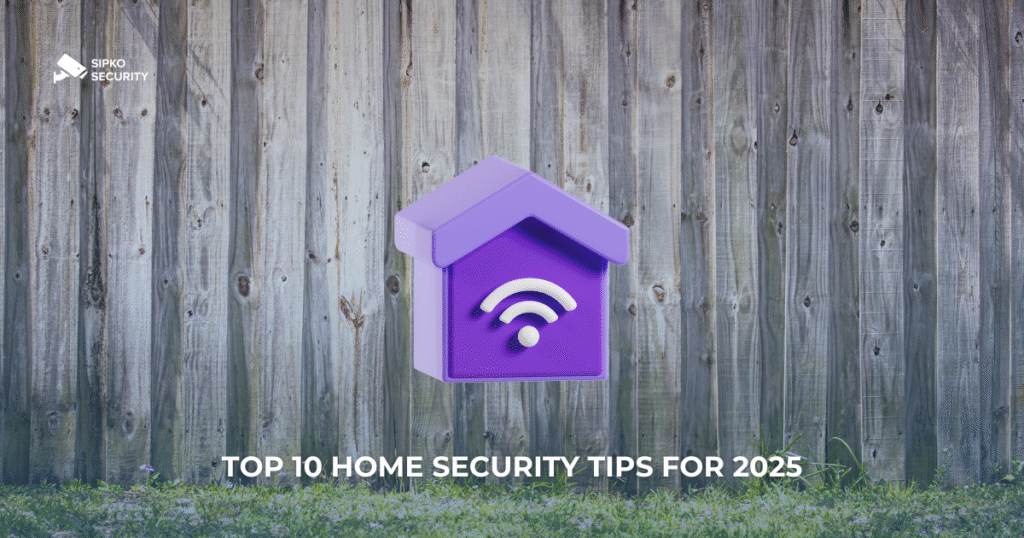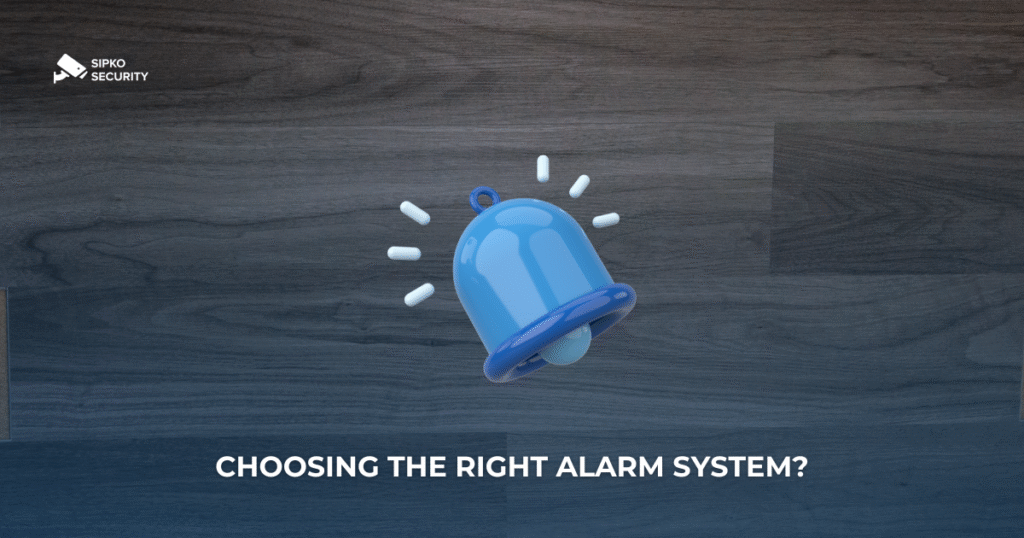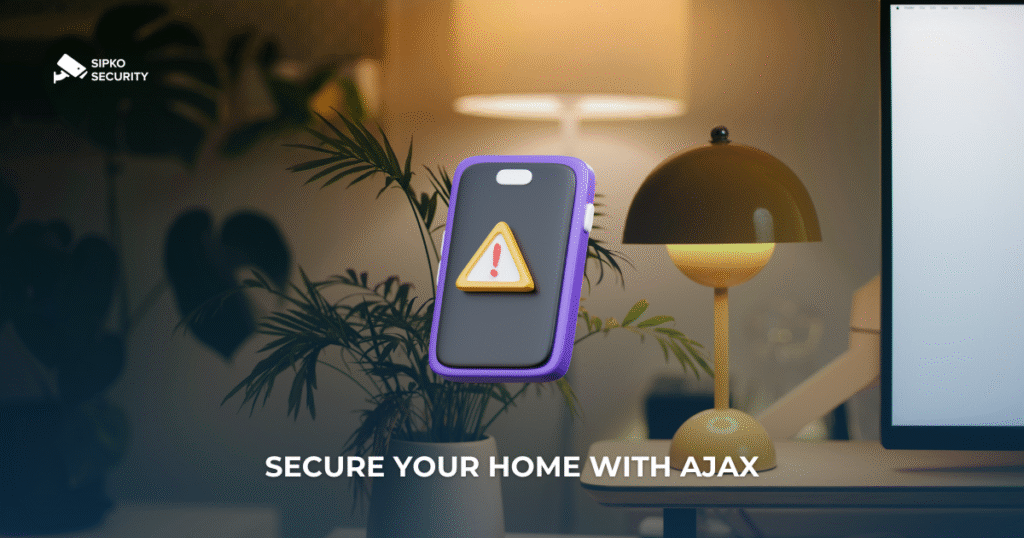In 2025, home security remains a top priority for homeowners as technology advances and new threats emerge. Protecting your home requires a combination of practical measures, smart devices, and vigilance. This guide outlines 10 essential home security tips, focusing on alarms, monitoring, and sensors, to help you effectively protect your home. Below you’ll find actionable advice, a comparison chart, and an interactive HTML diagram to visualize key security components.
1. Install a Comprehensive Alarm System
A reliable alarm system is the backbone of your home security. Modern 2025 systems integrate with smart home platforms, offering remote monitoring and instant alerts. Choose a system with professional monitoring services that contact emergency responders in the event of an alarm. Make sure the alarm covers all points of entry, including doors and windows.
- Key Features: Motion detectors, glass breakage sensors, and smartphone integration.
- Tip: Choose systems with battery backup to ensure functionality during power outages.
2. Deploy Intelligent Video Surveillance
Video surveillance has evolved significantly, with AI-powered cameras dominating the market by 2025. These cameras offer facial recognition, real-time alerts, and cloud storage. Install cameras at entrances, driveways and backyards for complete coverage.
- Key features: 4K resolution, night vision and two-way audio.
- Tip: Use cameras with end-to-end encryption to protect footage from hackers.
3. Use motion and environmental sensors
Sensors detect unauthorized movement or environmental changes, such as smoke or water leaks. Motion sensors should be placed in high-traffic areas, while door/window sensors alert you to forced entry. Smart sensors integrate with your alarm system for seamless operation.
- Key Features: Adjustable sensitivity, pet-friendly options, and integration with smart hubs.
- Tip: Test sensors monthly to ensure they are working properly.
4. Strengthen points of entry
Physical security is just as important as technology solutions. Upgrade door locks to smart deadbolts with keyless entry and remote control. Reinforce windows with shatter-resistant film or sensors. Consider installing a peephole camera at the front door for added security.
- Key features: Anti-pick locks, tamper alerts, and biometric options.
- Tip: Use strike plates and long screws to secure door frames.
5. Implement Smart Lighting
Smart lighting deters intruders by simulating occupancy. Program outdoor lights to come on at dusk or when motion is detected. Indoor smart bulbs can be scheduled to mimic daily routines when you’re away.
- Key features: Motion activated, voice control, and geofencing.
- Tip: Pair lights with your security system to automatically respond to alarms.
6. Secure your Wi-Fi network
A compromised Wi-Fi network can disable smart security devices. Use a strong, unique password and enable WPA3 encryption. Update router firmware regularly and disable remote access when not needed.
- Key Features: Guest networking, VPN support, and intrusion detection.
- Tip: Hide your network’s SSID to reduce its visibility to potential hackers.
7. Integrate a smart doorbell
Smart doorbells offer real-time video and communication with visitors. By 2025, models will include AI-driven motion detection and package protection features. Install a doorbell with a wide-angle lens for maximum visibility.
- Key Features: 1080p video, cloud storage and smart lock integration.
- Tip: Make sure the doorbell is hardwired for consistent power.
8. Create a Safe Room
A safe room provides a secure place to retreat in an emergency. Choose an indoor room with reinforced walls, a solid door, and a deadbolt. Equip it with a phone, first aid kit, and emergency supplies.
- Key features: Ventilation, communication tools, and concealed access.
- Tip: Keep the location of the safe room confidential to maintain its effectiveness.
9. Maintain security systems regularly
Routine maintenance keeps your security systems running smoothly. Update software, replace batteries and clean camera lenses regularly. Schedule annual professional inspections to identify weak spots.
- Key Features: Remote diagnostics, warranty support, and easy-to-use applications.
- Tip: Keep a maintenance log to track updates and repairs.
10. Stay informed and vigilant
Stay informed about local crime trends and new security technologies. Join neighborhood watch programs and share information with trusted neighbors. Practice situational awareness to identify potential risks early.
- Key Features: Community applications, crime alert subscriptions, and regular drills.
- Tip: Hold family safety meetings to make sure everyone understands emergency protocols.
Comparison chart: Home Security Systems in 2025
| Feature/System | Basic Alarm | Smart Alarm | Video Surveillance | Sensors |
|---|---|---|---|---|
| Cost range | $100-$300 | $300-$800 | $200-$1,000 | $50-$500 |
| Surveillance | Optional | Professional | Self/Cloud | Self |
| Smart Integration | Limited | Full (Alexa, Google) | Full | Complete |
| Installation | DIY | DIY/Pro | DIY/Pro | DIY |
| Key Benefit | Entry alarms | Remote Control | Visual Evidence | Environmental detection |
Conclusion
Implementing these 10 home security tips for 2025 will significantly improve the security of your home. By combining advanced technologies such as smart alarms, video surveillance, and sensors with physical fortifications and vigilance, you can create a robust defense against threats. Review and update your security measures regularly to stay ahead of evolving risks. Stay safe and proactive in protecting your home!


